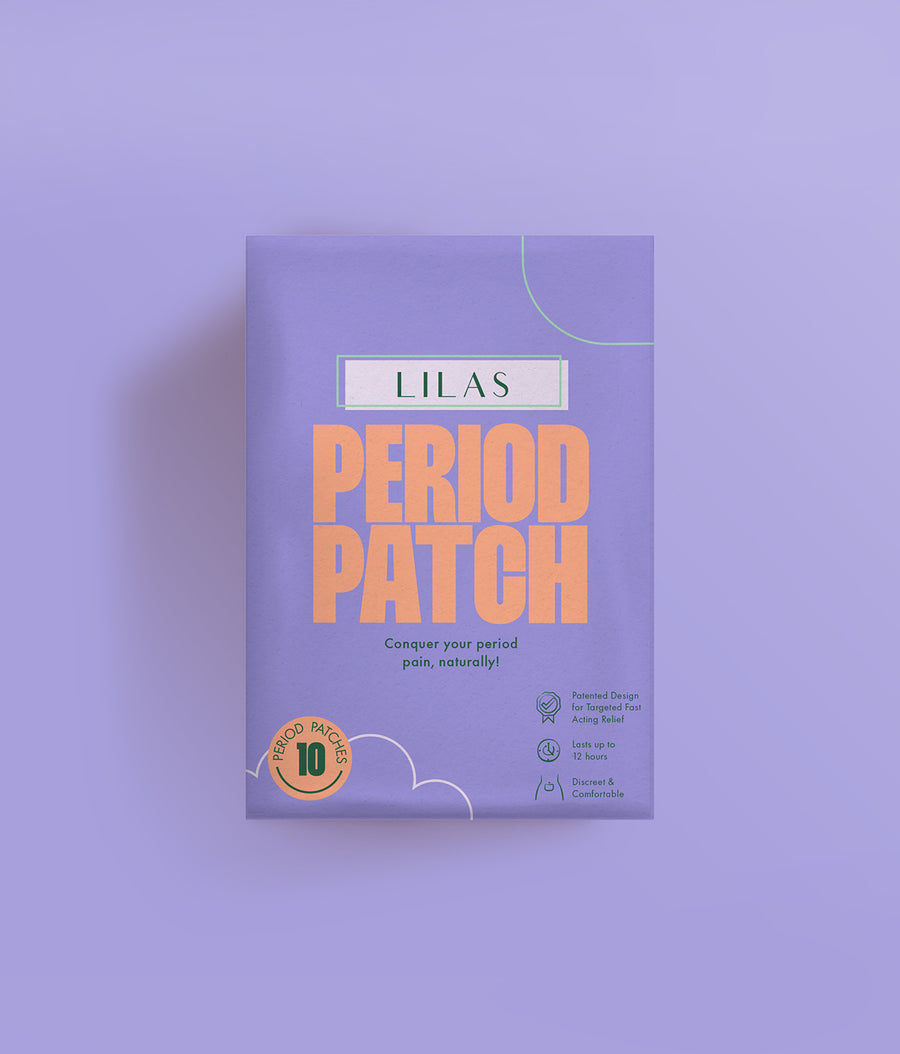Health Literacy Month
Given that October is often a time of darkening days, shifting weather, seasonal colds, and immense candy consumption, it makes sense for it to also be Health Literacy Month. Now, I know what you’re thinking. What exactly is health literacy? Admittedly, I hadn’t heard the phrase much before doing research for this post. After some further investigation however, I came to discover that health literacy is just a succinct way to convey a fundamental process of exercising agency over wellness decisions. As defined by the World Health Organization, health literacy implies a present knowledge and confidence in making decisions to improve personal and communal health. Health literacy allows for us as women to understand that we can and should tell our doctors if we are uncomfortable with a proposed treatment plan on one hand, while also ensuring that we know to wear masks in public during COVID on the other.When people are health literate, they can self-advocate for their health needs or concerns, understand how to navigate access to medical resources, and appropriately adhere to treatment plans. When institutions are health literate, they empower their members to make the best health decisions with ample support and procedural awareness. I’m sure that I’m not the first to say that the coronavirus pandemic has been a cruel health literacy test for people and organizations across the world. Now more than ever, we need to be mindful of how making certain wellness choices will shape our lives and our communities.
Though I think it is important for all of us to advocate for health literacy at-large, I couldn’t help but note a hint of paternalism as I read through some of the language surrounding it. For example, according to the Health Resources & Services Administration, the populations most at risk for having low health literacy are older adults, racial and ethnic minorities, those who have lower socioeconomic status, and medically underserved people. If we aren’t careful, it seems that the discourse of health literacy will press marginalized groups to conform to systemic health practices instead of health systems expanding to accommodate and honor the health needs of marginalized groups. In other words, health literacy needs to be contextualized to uphold specific needs while still bearing collective public health in mind. In essence, health literacy, like many other aspects of wellness, needs to be about pursuing change and balance, empowering diversified self-advocacy in some situations and unified collective procedural changes in others. Furthermore, the organizations that define and support health literacy should be mindful of and address the ways in which they might be contributing to supposed "lower health literacy" rates in particular populations. This of course includes the foundational work of checking individual and institutional biases.
This October, as so many personal and organizational health concerns are on all of our hearts and minds, in the LILAS Wellness community, we really want to encourage the embrace of health literacy’s nuances. As we continue to have these kinds of conversations, we are going to be health literate while still exploring what that means for different people. Here are some resources to further consider health literacy on personal and organizational scales:


Leave a comment